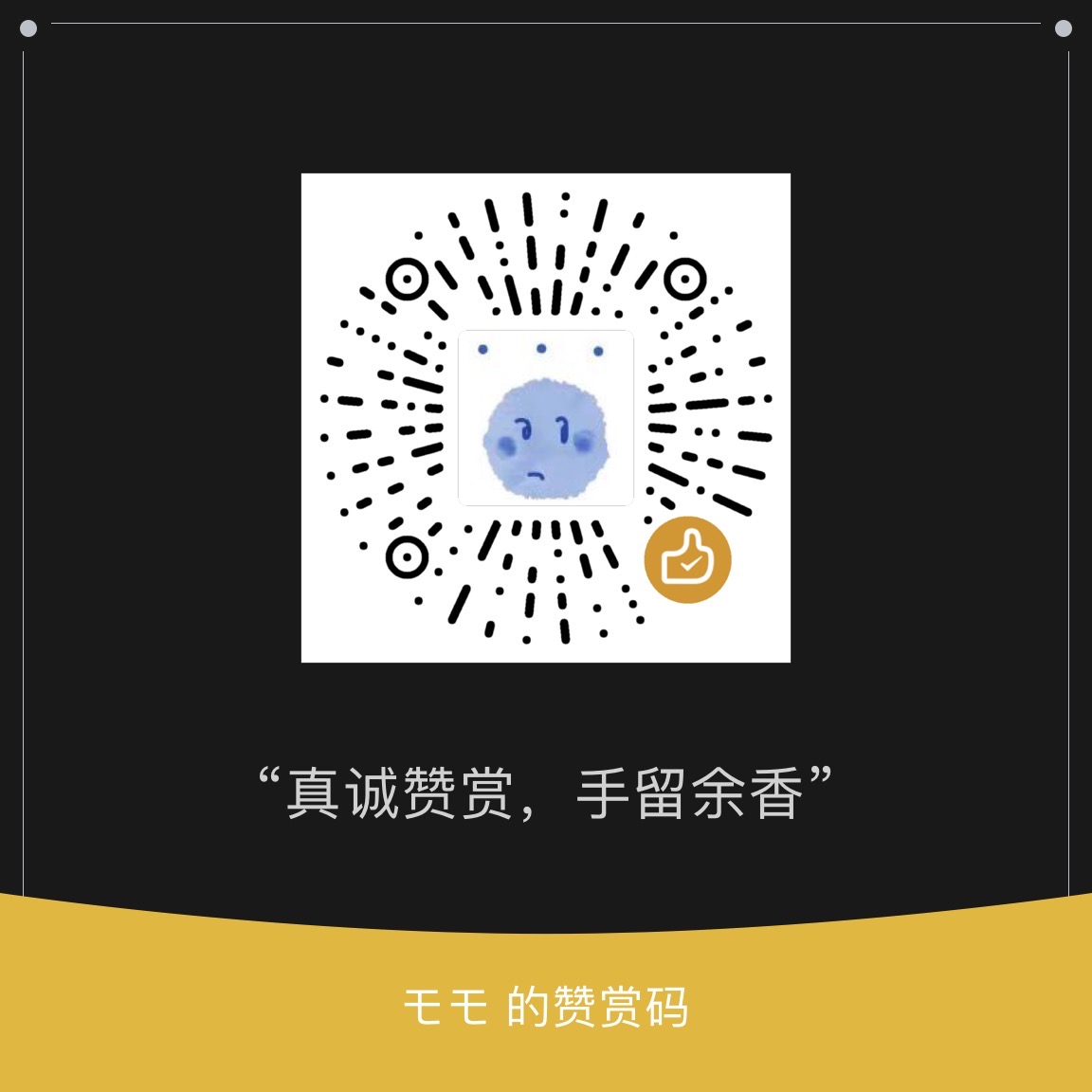主要分析浏览器接收到服务器端传输过来的 HTML 如何将其解析为 DOM 的步骤。
STEP 1: 文件拆分
parse 接受 HTML 文本作为参数,返回一棵 DOM 树。
为了方便管理,单独拆分出parser.js。
STEP 2: 创建状态机
- 使用 FSM 实现 HTML 的分析;
- 在HTML 标准中已经规定了 HTML 的状态;
- toy-browser 仅使用其中几个简单的状态;
STEP 3: 解析标签
- 主要的标签:开始标签,结束标签和自封闭标签;
- 暂时忽略属性;
STEP 4: 创建元素
- 在状态机中,除了状态歉意,还需加入业务逻辑;
- 在标签结束状态提交标签 token;
STEP 5: 处理属性
- 属性值分为单引号,双引号,无引号三种写法,需要多种状态处理;
- 处理属性的方式跟标签类似;
- 属性结束时,需要把属性加到标签 Token 上;
STEP 6: 构建 DOM 树
- 从标签构建 DOM 树的基本技巧就是使用栈;
- 遇到开始标签时创建元素并入栈,遇到结束标签时出栈;
- 自封闭节点可视为入栈后立即出栈;
- 任何元素的父元素是它入栈前的栈顶;
STEP 7: 文本节点
- 文本节点与自封闭标签处理类似;
- 多个文本节点需要合并;
主要代码
/*
* @Author: httishere
* @Date: 2021-09-24 11:06:02
* @LastEditTime: 2021-09-24 17:57:47
* @LastEditors: Please set LastEditors
* @Description: 解析HTML
* @FilePath: /Note/toy-browser/parse.js
*/
const EOF = Symbol("EOF"); // EOF: End Of File
let currentToken = null,
currentAttribute = null;
// 构造树结构
let stack = [{ type: "document", children: [] }];
// 报告当前状态
function emit(token) {
let top = stack[stack.length - 1];
if (token.type === "startTag") {
console.log(token);
let element = {
type: "element",
children: [],
attributes: [],
};
element.tagName = token.tagName;
for (let p in token) {
if (p !== "type" || p !== "tagName") {
element.attributes.push({
name: p,
value: token[p],
});
}
}
top.children.push(element);
element.parent = top;
// 入栈
if (!token.isSelfClosing) {
stack.push(element);
}
currentTextNode = null;
} else if (token.type == "endTag") {
console.log(token);
if (top.tagName !== token.tagName) {
throw new Error("Tag start doesn't macth the end");
} else {
stack.pop();
}
currentTextNode = null;
} else if (token.type === "text") {
// 文本节点处理
if (currentTextNode === null) {
currentTextNode = {
type: "text",
content: "",
};
top.children.push(currentTextNode);
}
currentTextNode.content = token.content;
}
}
function data(c) {
if (c === "<") {
return tagOpen;
} else if (c === EOF) {
emit({ type: "EOF" });
return;
} else {
emit({ type: "text", content: c });
return data;
}
}
function tagOpen(c) {
if (c === "/") {
return endTagOpen;
} else if (c.match(/^[a-zA-Z]$/)) {
currentToken = {
type: "startTag",
tagName: "",
};
return tagName(c);
}
return;
}
function endTagOpen(c) {
if (c.match(/^[a-zA-Z]$/)) {
currentToken = {
type: "endTag",
tagName: "",
};
return tagName(c);
} else if (c === ">") {
} else if (c === EOF) {
}
return;
}
function tagName(c) {
// 空格,回车等
if (c.match(/^[\t\n\f ]$/)) {
return beforeAttributeName;
} else if (c === "/") {
// 自封闭标签
return selfClosingStartTag;
} else if (c.match(/^[a-zA-Z]$/)) {
currentToken.tagName += c; // 记录当前的标签名
return tagName;
} else if (c === ">") {
emit(currentToken);
return data;
} else return tagName;
}
function beforeAttributeName(c) {
if (c.match(/^[\t\n\f ]$/)) {
return beforeAttributeName;
} else if (c === ">" || c === "/" || c === EOF) {
return afterAttributeName(c);
} else if (c === "=") {
} else {
currentAttribute = {
name: "",
value: "",
};
return attributeName(c);
}
}
function attributeName(c) {
if (c.match(/^[\t\n\f ]$/) || c === ">" || c === "/" || c === EOF) {
return afterAttributeName(c);
} else if (c === "=") {
return beforeAttributeValue;
} else if (c === "\u0000") {
} else if (c === '"' || c === "'" || c === "<") {
} else {
currentAttribute.name += c;
return attributeName;
}
}
function afterAttributeName(c) {
if (c.match(/^[\t\n\f ]$/)) {
return afterAttributeName;
} else if (c === "/") {
return selfClosingStartTag;
} else if (c === "=") {
return beforeAttributeValue;
} else if (c === ">") {
emit(currentToken);
return data;
} else if (c === EOF) {
} else {
currentAttribute.name = "";
currentAttribute.value = "";
return attributeName(c);
}
}
function beforeAttributeValue(c) {
if (c.match(/^[\t\n\f ]$/) || c === ">" || c === "/" || c === EOF) {
return beforeAttributeValue;
} else if (c === '"') {
return doubleQuoteAttributeValue;
} else if (c === "'") {
return singleQuoteAttributeValue;
} else {
return unquoteAttributeValue(c);
}
}
function doubleQuoteAttributeValue(c) {
if (c === '"') {
currentToken[currentAttribute.name] = currentAttribute.value;
return afterQuoteAttributeValue;
} else if (c === "\u0000") {
} else if (c === EOF) {
} else {
currentAttribute.value += c;
return doubleQuoteAttributeValue;
}
}
function singleQuoteAttributeValue(c) {
if (c === "'") {
currentToken[currentAttribute.name] = currentAttribute.value;
return afterQuoteAttributeValue;
} else if (c === "\u0000") {
} else if (c === EOF) {
} else {
currentAttribute.value += c;
return singleQuoteAttributeValue;
}
}
function afterQuoteAttributeValue(c) {
if (c.match(/^[\t\n\f ]$/)) {
return beforeAttributeName;
} else if (c === "/") {
return selfClosingStartTag;
} else if (c === ">") {
currentToken[currentAttribute.name] = currentAttribute.value;
emit(currentToken);
return data;
} else if (c === EOF) {
} else {
currentAttribute.value += c;
return doubleQuoteAttributeValue;
}
}
function unquoteAttributeValue(c) {
if (c.match(/^[\t\n\f ]$/)) {
currentToken[currentAttribute.name] = currentAttribute.value;
return beforeAttributeName;
} else if (c === "/") {
currentToken[currentAttribute.name] = currentAttribute.value;
return selfClosingStartTag;
} else if (c === ">") {
currentToken[currentAttribute.name] = currentAttribute.value;
emit(currentToken);
return data;
} else if (c === "\u0000") {
} else if (c === '"' || c === "'" || c === "<" || c === "=" || c === "`") {
} else if (c === EOF) {
} else {
// 普通字符
currentAttribute.value += c;
return unquoteAttributeValue;
}
}
function selfClosingStartTag(c) {
if (c === ">") {
currentToken.isSelfClosing = true;
return data;
} else if (c === EOF) {
} else {
}
}
module.exports.parseHTML = function parseHTML(html) {
let state = data;
for (let c of html) {
state = state(c);
}
state = state(EOF);
console.log(stack[0]);
};


